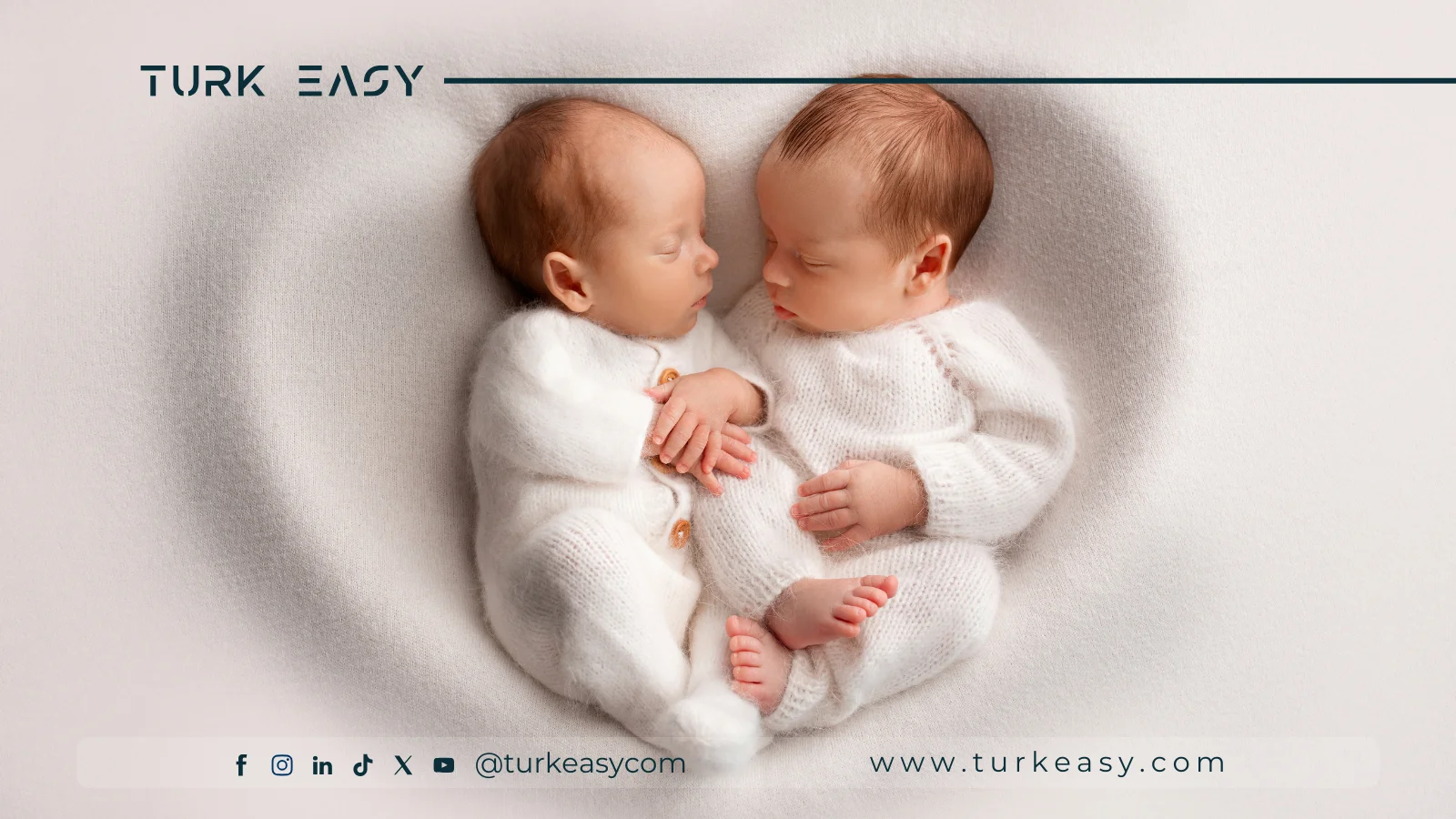Conjoined Twins Separation
The phenomenon of conjoined twins occurs in identical twins as a result of the connection of the twin's body in the embryonic sac in the mother's womb, and that condition is considered extremely rare. Most often, this type of fetus dies shortly after birth. However, technological advancements in the medical field have reduced the mortality rate in such births. Conjoined twins are separated through surgical procedures, and the success rate of the separation depends on the site of attachment and the possibility of separating shared organs, with the expertise of surgeons playing a crucial role in the mission's success.
How can conjoined twins be separated?
Most cases of conjoined twins die before birth. Some live for a short period after birth and one or both may pass away. As mentioned earlier, the success of conjoined twins separation surgery depends on the site of attachment. Some attachment sites are easier to separate than others, such as attachment in the small intestine, colon, or limbs. However, there are vital attachments that are extremely difficult to separate, such as attachment in the spinal cord, head, or heart. In light of this, doctors determine multiple options, which may include keeping one child alive without the other. Additionally, the twins' health condition is among the determinants in choosing the timing of the operation, and the decision here is subject to ethical considerations. The process does not end at the limit after the conjoined twins separation surgery. Most cases require additional surgical procedures in the future to achieve the best life situations for the twins from a health perspective. Conjoined twins separation surgery requires a significant amount of time, sometimes reaching more than 10 hours. Medical teams, sometimes comprising up to 15 doctors in different specialties, perform it. Only large hospitals, possessing advanced technologies and expertise, undertake such operations, and the cost of these operations is extremely high.
How are conjoined twins diagnosed during pregnancy?
During that period, several techniques are available for diagnosing cases of conjoined twins, the most famous of which is examination with ultrasound (sonar) device, where the doctor can see the twins with a lack of a separation between them, along with proximity in parts of their bodies. For further confirmation, examination can be done through computed tomography. Pregnancy with conjoined twins requires special care and meticulous follow-up compared to other normal pregnancy cases. It is preferable that the doctor, upon confirming the twins' attachment, performs a cesarean section, providing appropriate care according to the condition, and then proceeds with the separation operation at a later stage. Some reports indicate that 70% of conjoined twins cases result in the death of one or both fetuses due to blood transfusion from one fetus to the other.



